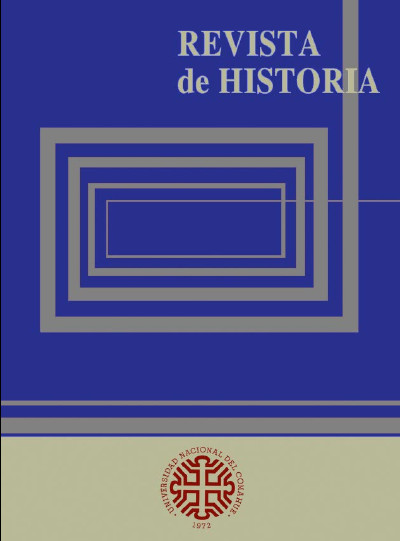Territory: Basis of consolidation of State and Nation in Chile and Argentina, 1850-1900
Keywords:
State, Nation, Territory, IdentityAbstract
In the mid-nineteenth century began the consolidation of national-states in Latin America from a double process. First internal homogenization of the population was searched, from areas such as political, cultural, economic, and even religious, who were giving way to the consolidation of the idea of nation.
Second external differentiation, from the existence of the state guaranteeing the exercise of independence and sovereignty in the international context, it was also the only organic form known that could be the guarantor of control to the nation of the economic resources available in a space defined as well as control over the population through their ideological and legal domination and the exercise of power over her. This required the delimitation of a
territory in which the domain and power be expressed. This led to Latin American to develop processes of appropriation of their own or other territories, supported from the construction of an imaginary that was the idea of homogeneous nation states, taking over the role of the territory as a central and unifying element of wills, enabling consolidation of the imagined community and turn the consolidation and expansion of the state.
Downloads
Downloads
Published
How to Cite
Issue
Section
License
Nota de copyright
Obra disponible en acceso abierto bajo licencia Creative Commons Atribución-
NoComercial-SinDerivadas 2.5 Argentina (http://creativecommons.org/licenses/by-nc-nd/2.5/ar/)








